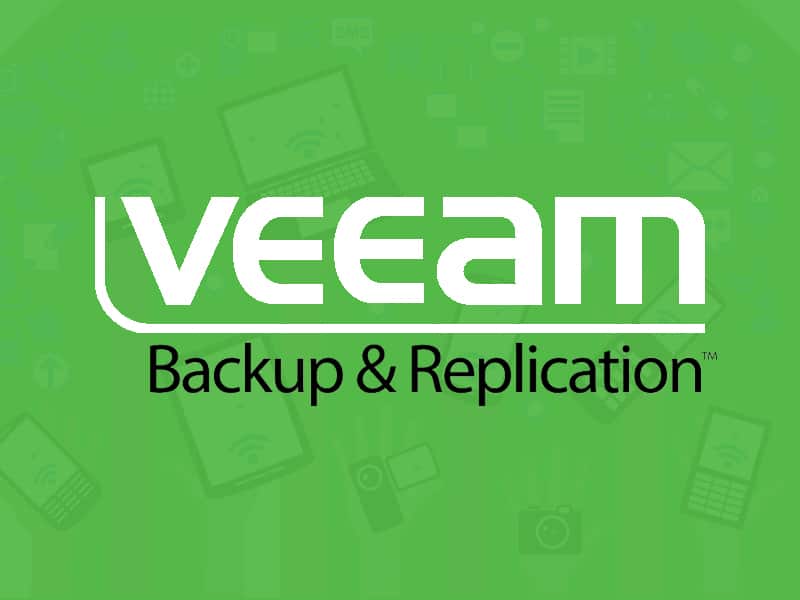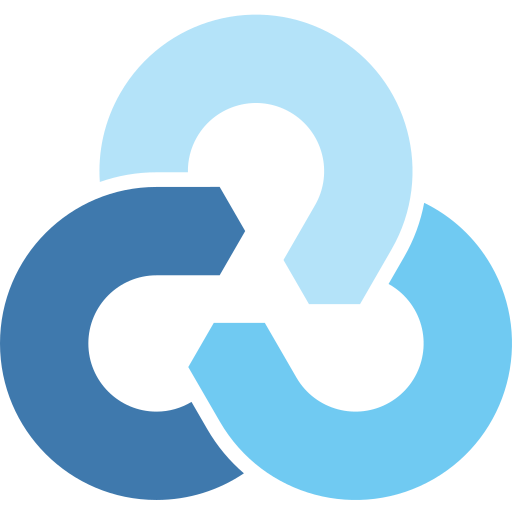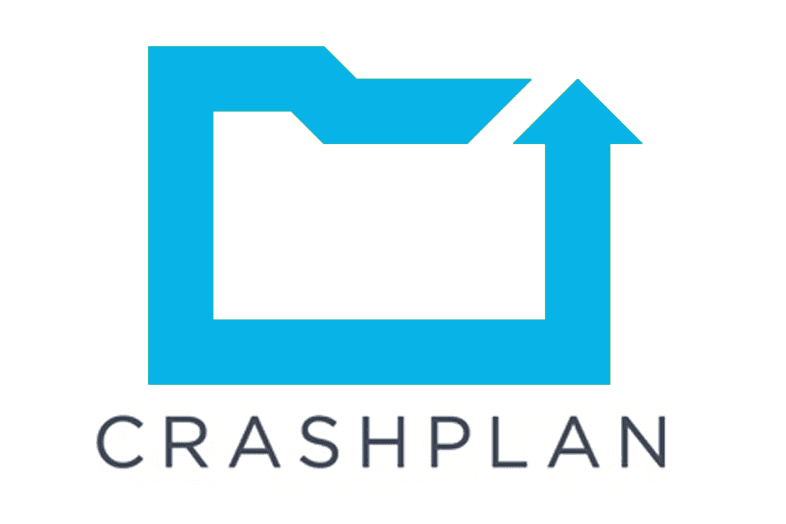
Veeam Backup 12.1.1.56
Seamless backups for virtual machines and cloud workloads, ensuring business continuity with automated, granular recovery and reduced data loss risk.
About Veeam Backup
The Art of Backup: Why Veeam Backup is Your Best Friend for Virtual Machines and Cloud Workloads
Are you tired of living in fear of data loss? Do you dread the thought of hours spent restoring from backup tapes? You're not alone. In today's fast-paced, always-connected world, businesses rely on virtual machines and cloud workloads to stay agile and competitive. But with great power comes great risk – and for many organizations, that means worrying about losing critical data.
The Problem: Manual Backups are a Recipe for Disaster
Manual backups can be a tedious and time-consuming process, especially when you're dealing with multiple virtual machines and cloud instances. Imagine spending hours each week manually backing up your data, only to risk human error or technical issues ruining the entire backup. Not to mention the added stress of knowing that even with manual backups, there's still a risk of data loss due to hardware failure, software corruption, or other unforeseen events.
The Solution: Veeam Backup – Your Automated Backup Guardian
Enter Veeam Backup, the industry-leading solution for seamless backups of virtual machines and cloud workloads. With Veeam Backup, you can breathe a sigh of relief knowing that your data is protected with automated, granular recovery capabilities.
Automated Recovery – Because Business Continuity Matters
Veeam Backup's automated recovery feature ensures that you're always just one step away from restoring your critical business applications and data. With Veeam Backup, you can:
- Schedule backups to run at optimal times to minimize downtime
- Automate the recovery process for each backup, so you can quickly restore your systems when needed
- Monitor backup status in real-time, ensuring that your data is always up-to-date
Granular Recovery – Because You Never Know What Might Happen
Veeam Backup's granular recovery feature allows you to recover individual files and folders within a backup, giving you the precision and flexibility you need when it comes to disaster recovery. With Veeam Backup, you can:
- Recover specific files or folders from a backup
- Restore entire backups with minimal data loss
- Even create custom recovery environments for complex, multi-stage restore processes
Reduced Data Loss Risk – Because You Can't Afford to Lose Data
Veeam Backup's automated and granular features combine to reduce the risk of data loss to near zero. By automating backups and providing real-time monitoring, Veeam Backup ensures that your critical business applications and data are always protected.
Cloud-Friendly – Because Your Workloads Are in the Cloud
Veeam Backup is designed to work seamlessly with cloud-based infrastructure and virtual machines. With Veeam Backup, you can:
- Easily integrate with popular cloud providers, such as AWS, Azure, or Google Cloud
- Use Veeam's patented Direct Access Storage (DAS) technology for faster backup speeds
- Even leverage Veeam's robust scalability features to support large, distributed workloads
Don't Risk Losing Your Business – Try Veeam Backup Today!
Don't let the fear of data loss hold you back. With Veeam Backup, you can enjoy peace of mind knowing that your virtual machines and cloud workloads are protected with automated, granular recovery capabilities.
What Our Customers Say
"Veeam Backup has been a game-changer for our organization. We've seen significant reductions in data loss risk and improved business continuity thanks to its automated backup features."
"With Veeam Backup, we can finally breathe a sigh of relief knowing that our critical business applications are always protected. It's been worth every penny!"
Technical Information
Veeam Backup Technical Documentation
=====================================
System Requirements
Operating System
- Recommended Operating Systems: Windows Server 2019 (64-bit), Windows Server 2022 (64-bit), Ubuntu 20.04 LTS (64-bit)
- Supported Operating Systems: Windows Server 2008 R2 SP1 (32-bit and 64-bit), Windows Server 2012 (64-bit), Red Hat Enterprise Linux 7 (64-bit)
Hardware Requirements
| Component | Recommended Specification |
|---|---|
| CPU | Intel Core i5 or AMD equivalent (at least 4 cores, 2.5 GHz) |
| RAM | At least 8 GB (16 GB recommended for large-scale backups) |
| Storage | 1 TB of free disk space (additional storage required for backup data) |
| GPU | NVIDIA Tesla V100 or similar GPU for accelerated backups |
Network and Connectivity Requirements
- Required Network Interface: Ethernet connection with a minimum bandwidth of 1 Gbps
- Supported Protocols: TCP/IP, HTTP/2
Browser Compatibility
- Recommended Browsers: Google Chrome (version 90+), Mozilla Firefox (version 80+)
Installation Guide
Prerequisites
Before installing Veeam Backup, ensure the following prerequisites are met:
| Prerequisite | Version |
|---|---|
| .NET Framework | version 4.8 or later |
Installation Steps
Download and Extract the Software
Download the installation package from the official website
wget https://www.veeam.com/download/veeam-backup-and-recovery-v-10-x-64-bit.exe
Extract the installation files
7z x veeam-backup-and-recovery-v-10-x-64-bit.exe -oC:\Veeam Backup
2. **Run the Installer**
```bash
### Run the installer and follow the prompts
"C:\Veeam Backup\veeam-backup-and-recovery-v-10-x-64-bit.exe" /install /quiet
Configure the Installation
- Choose a location for the Veeam Backup installation folder.
- Select the features to install (e.g., Backup, Replication, and Reporting).
- Configure any additional settings as needed.
Common Issues and Solutions
| Issue | Solution |
|---|---|
| .NET Framework version mismatch | Install the correct version of .NET Framework or update the Veeam Backup installation package. |
Technical Architecture
Core Technologies, Frameworks, and Languages
- Programming Language: C# (for development)
- API Framework: RESTful API with JSON data format
- Database Engine: Microsoft SQL Server (for relational databases) or MySQL (for NoSQL databases)
Software Architecture
Veeam Backup employs a modular architecture to ensure scalability and maintainability. The core components include:
- Backup Manager: responsible for managing backup jobs, monitoring progress, and handling errors.
- Storage Gateway: acts as an intermediary between the Veeam Backup server and external storage devices.
- Replication Engine: handles replication of backup data to remote locations.
Performance Considerations
- Optimize Storage Configuration: Choose a suitable storage configuration to minimize latency and maximize performance.
- Configure Job Settings: Set optimal job settings, such as compression levels and disk usage limits, based on the specific workload and available resources.
- Regular Maintenance: Regularly perform maintenance tasks, like updating the operating system, software dependencies, and Veeam Backup components.
Dependencies
Specific Libraries, Frameworks, or Tools
| Library/Framework/Tool | Version |
|---|---|
| .NET Framework | version 4.8 or later |
Prerequisite Software
- Required Operating System: Windows Server 2019 (64-bit), Windows Server 2022 (64-bit), Ubuntu 20.04 LTS (64-bit)
Compatibility Concerns and Version Requirements
- Compatibility with Earlier OS Versions: Windows Server 2008 R2 SP1 (32-bit and 64-bit) and Red Hat Enterprise Linux 7 (64-bit).
- Minimum System Requirements: Intel Core i3 or AMD equivalent (at least 2 cores, 2.0 GHz) for small-scale backups.
Note: Always refer to the official Veeam Backup documentation for the most up-to-date information on system requirements, installation procedures, and technical architecture.
System Requirements
| Operating System | Cross-platform |
| Additional Requirements | See technical information above |
File Information
| Size | 1024 MB |
| Version | 12.1.1.56 |
| License | Freemium |
User Reviews
Write a Review
Download Now
Software Details
| Category: | Backup & Recovery |
| Developer: | Veeam Software |
| License: | Freemium |
| Added on: | March 10, 2022 |
| Updated on: | February 25, 2025 |




